Building a Multi-Agent Workflow in Healthcare Systems using HMCP


In modern healthcare, integrating multiple intelligent agents, can streamline operations and enhance patient care. Let's explore how a system with four specialized agents, distributed across networks, can collaborate effectively, focusing on interoperability, security, and compliance using HMCP (Healthcare Model Context Protocol).
The Four Key Agents
- Diagnosis Copilot: Assists physicians with daily tasks, offering diagnostic suggestions and workflow support.
- Medical Knowledge Agent: Provides relevant medical articles and information based on patient symptoms or diagnoses.
- Patient Data Agent: Retrieves clinical records using basic patient details like name, date of birth, or ID.
- Scheduling Agent: Manages appointment bookings for patients, coordinating with other agents as needed.
How These Agents Collaborate
These agents communicate in plain language to ensure compatibility across different systems. Here's a typical workflow:
- Physician Consultation: The physician interacts with the Diagnosis Copilot regarding a patient's symptoms.
- Data Retrieval: If more information is needed, the Copilot requests clinical records from the Patient Data Agent.
- Knowledge Access: The Copilot may also consult the Medical Knowledge Agent for relevant articles or guidelines.
- Appointment Scheduling: Once the physician determines a treatment or care plan, the Copilot coordinates with the Scheduling Agent to set up medically necessary appointments.
- Clarifications: At any point, agents can ask for more details to ensure they have all the information needed.
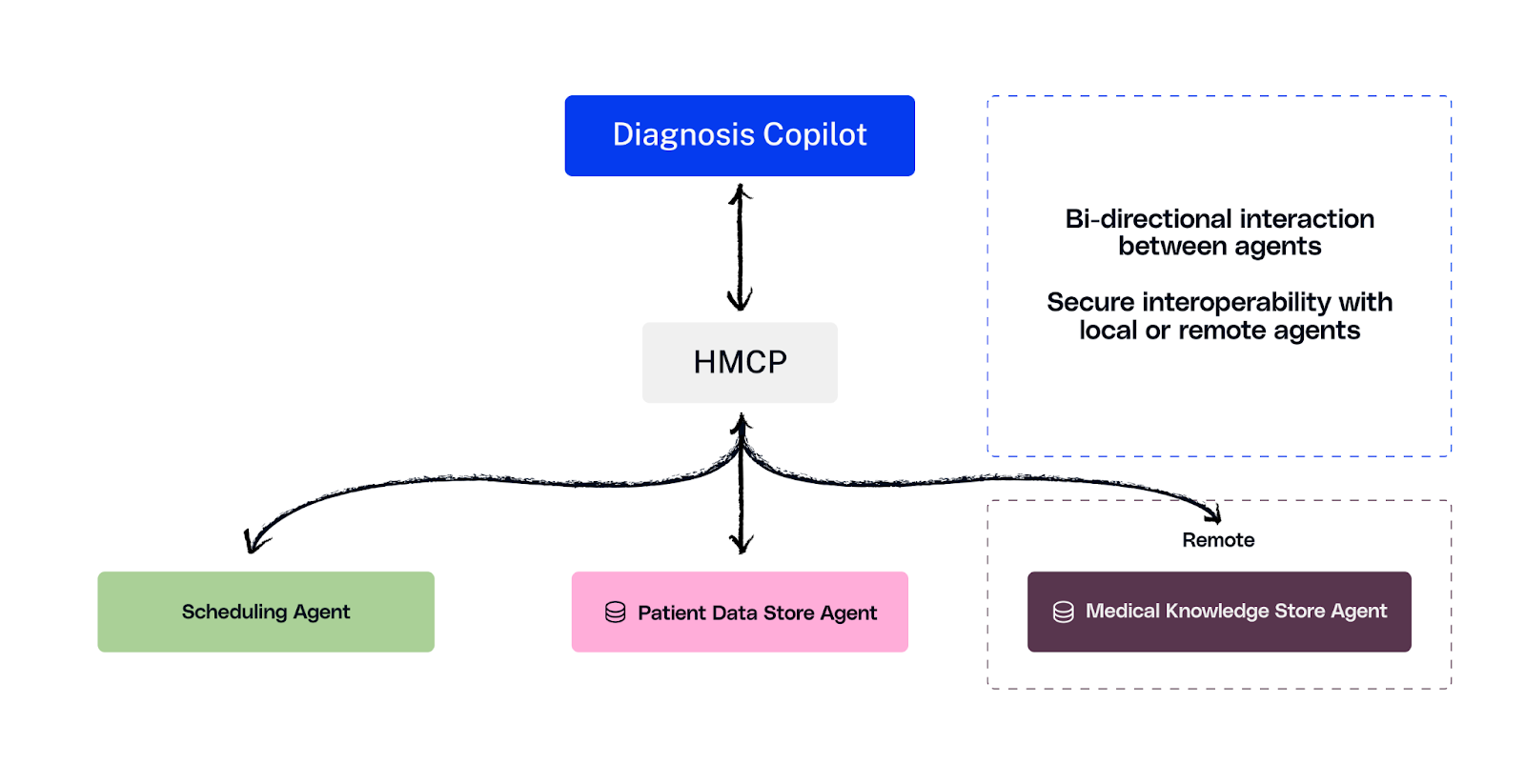
Bi-directional interaction
HMCP provides the ability for agents to have bi-directional interaction which makes it possible for intelligent workflows where the agents can communicate with each other to fulfill data needs. There will still be scenarios where the agents might need human input to proceed. These aspects are detailed in the sequence diagram below.
Supporting Interoperability
Interoperability is crucial for these agents to work together seamlessly. These agents might be backed by systems which work on different data models or domains, so communicating in plain language supports interoperability. It allows different systems to exchange and use information effectively. The HMCP facilitates this by providing a standardized framework for communication between healthcare agents.
Security and Compliance
Security and compliance are paramount in healthcare. HMCP addresses these concerns by providing the ability to enforce robust security measures, including authentication, authorization and patient context. It also provides the ability to enforce guardrails so all data exchanges adhere to established standards and policies.
Interaction Sequence Diagram
Here's a sequence diagram illustrating the interaction between these agents:

Looking Ahead
By integrating multiple agents through protocols like HMCP, healthcare systems can become more efficient and patient-focused. This approach reduces administrative burdens and allows healthcare professionals to concentrate more on patient care.
For more details on HMCP, visit the GitHub repository for the SDK and check out examples.

.png)




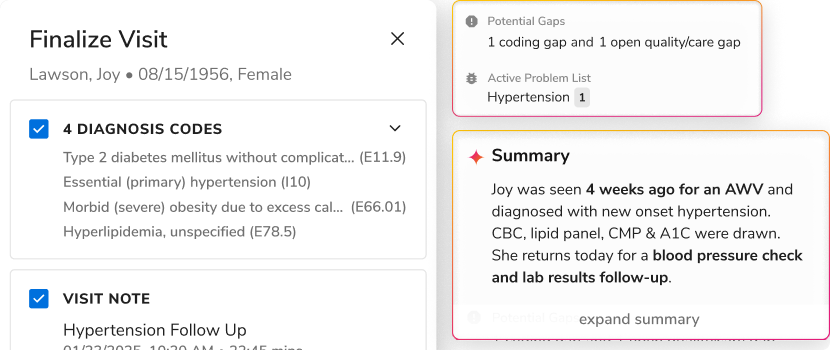
.png)

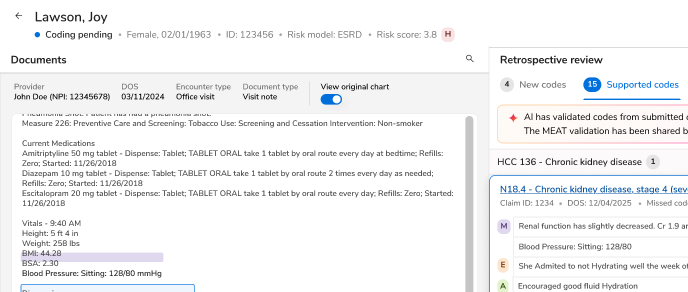
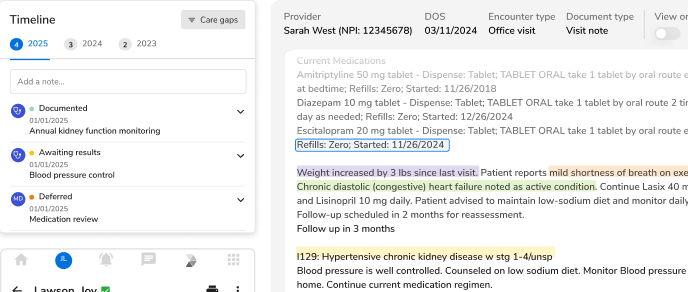
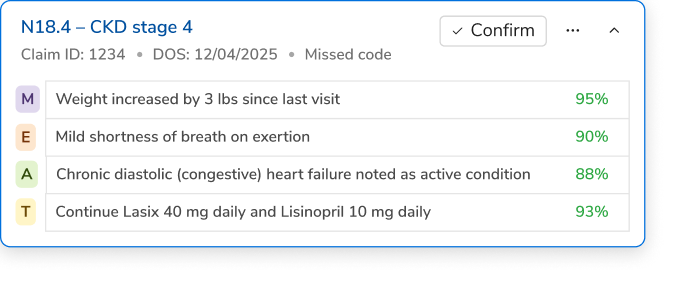





.svg)
.svg)

.svg)

